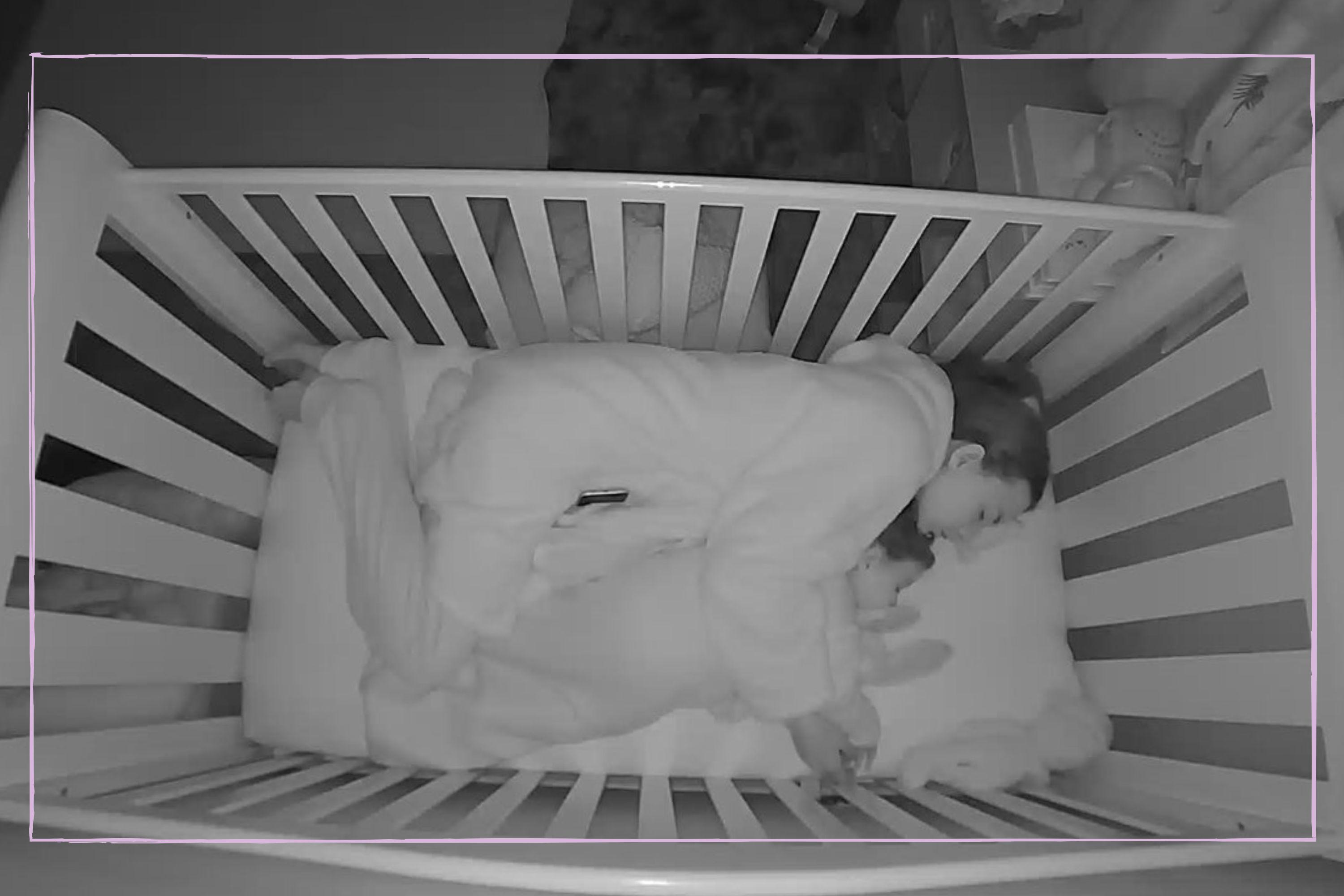
I wonder who the first person to use sleep deprivation as a torture technique was. I bet they were a parent.
When our first child was born in the summer of 2021, I was adamant that we would do whatever we needed to make sure we had a child that slept, even if that meant investing in one of the best baby monitors out there. I had friends and family with children well into their toddler years who still rarely did, and almost never in their own bed. As a high sleep-need person myself, I knew that would really damage my mental health and ability to function as a human being.
Things were pretty normal for the first six months - broken sleep and blurry eyes, but a baby who, thanks to our refusal to let her fall asleep on us unless we were wide awake, was pretty fond of her own cot. She slept in our room in a bedside cot until six months, and moved to her own shortly after. But by the time she turned 1, we realized that while she liked to actually sleep on her own (save for her cuddly brown bunny), the only place she wanted to fall asleep was in her dad’s arms.
In an ideal world, there would have been nothing wrong with that; after all, it is one of the safest places in the world for her. But as she got heavier, my husband struggled to hold her and rock her for long. I had already tapped out on being strong enough to do that some months before. We knew that we needed a solution, but Google was no help. The problem with seeking generic advice for baby sleep is that it lacks one of the most important elements - personalisation. We tried though, and began by researching the idea of sleep training and all the best baby sleep books we could find.
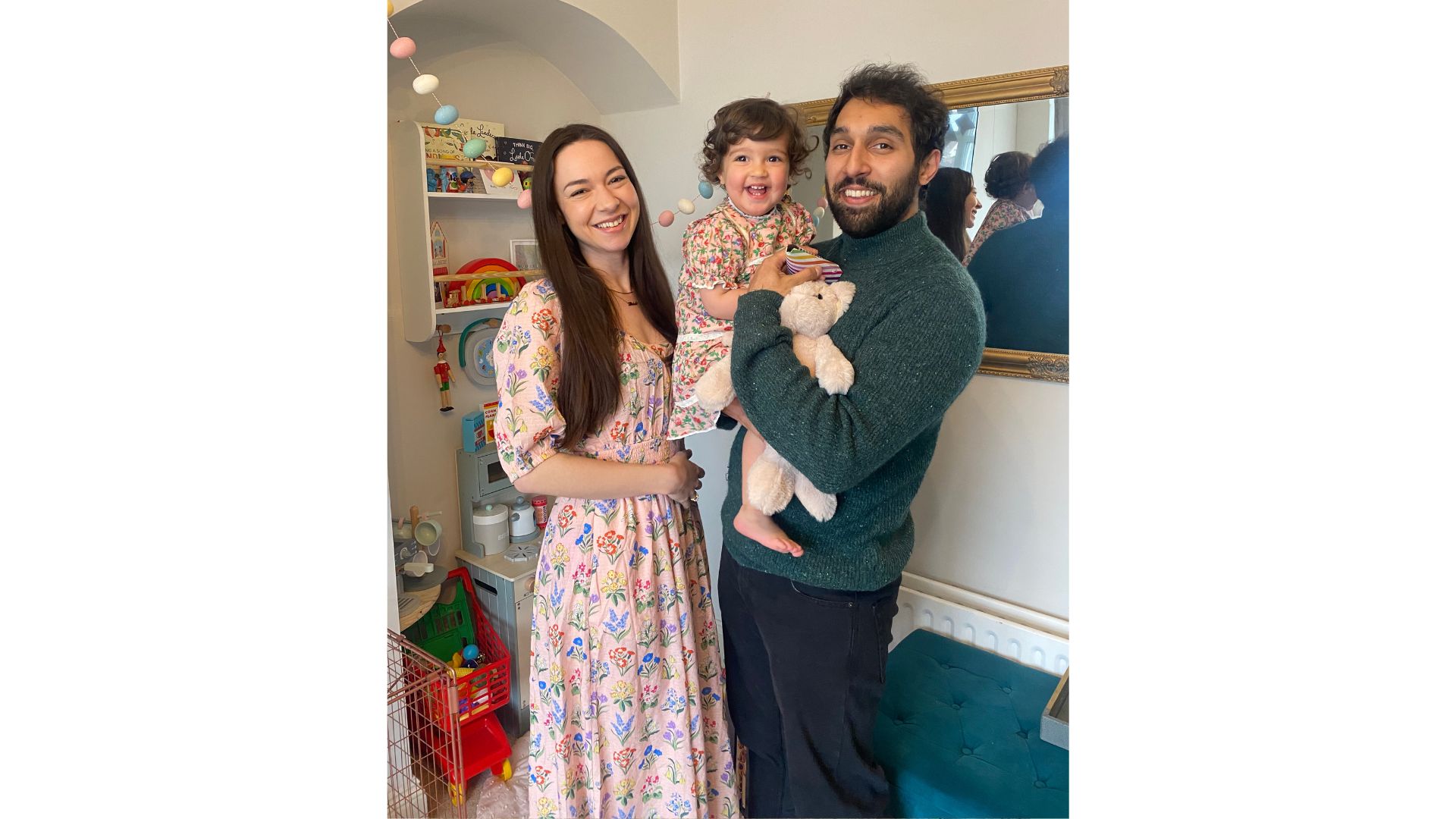
I researched gentle sleep training methods
While it sounds like something that happens at Army bootcamp under a screeching Sergeant, sleep training refers to teaching your baby to sleep by training them how to do it by themselves.
There are different types, and each is challenging in different ways. There is cry it out, or CIO, where you leave your child to cry and come to the eventual realization that you aren’t coming back- that one is hard for obvious reasons.
There is also the Ferber method, which involves going in and out of the room as they cry or protest, to reassure them they’re not on their own. There are other methods that allow you to stay nearby, too, but these involve a lot of time and dedication from the parents if they’re going to work effectively. Picking them up and putting them back down, over and over, is one of these. Sitting in a chair that you move further and further away from the cot is another.
Each method works for different parents and different children, but the amount of information was overwhelming. It was hard to know which one would suit us best. We knew, for example, that the pickup and put down method wasn’t an option, as I wouldn’t be strong enough to help with that, and we wanted to reintegrate me back into the picture. But we also weren’t willing to do CIO, even though I can believe it works fantastically well for some (and more power to them!)
What we needed, then, was something in the middle. What that was, exactly? We had no idea.
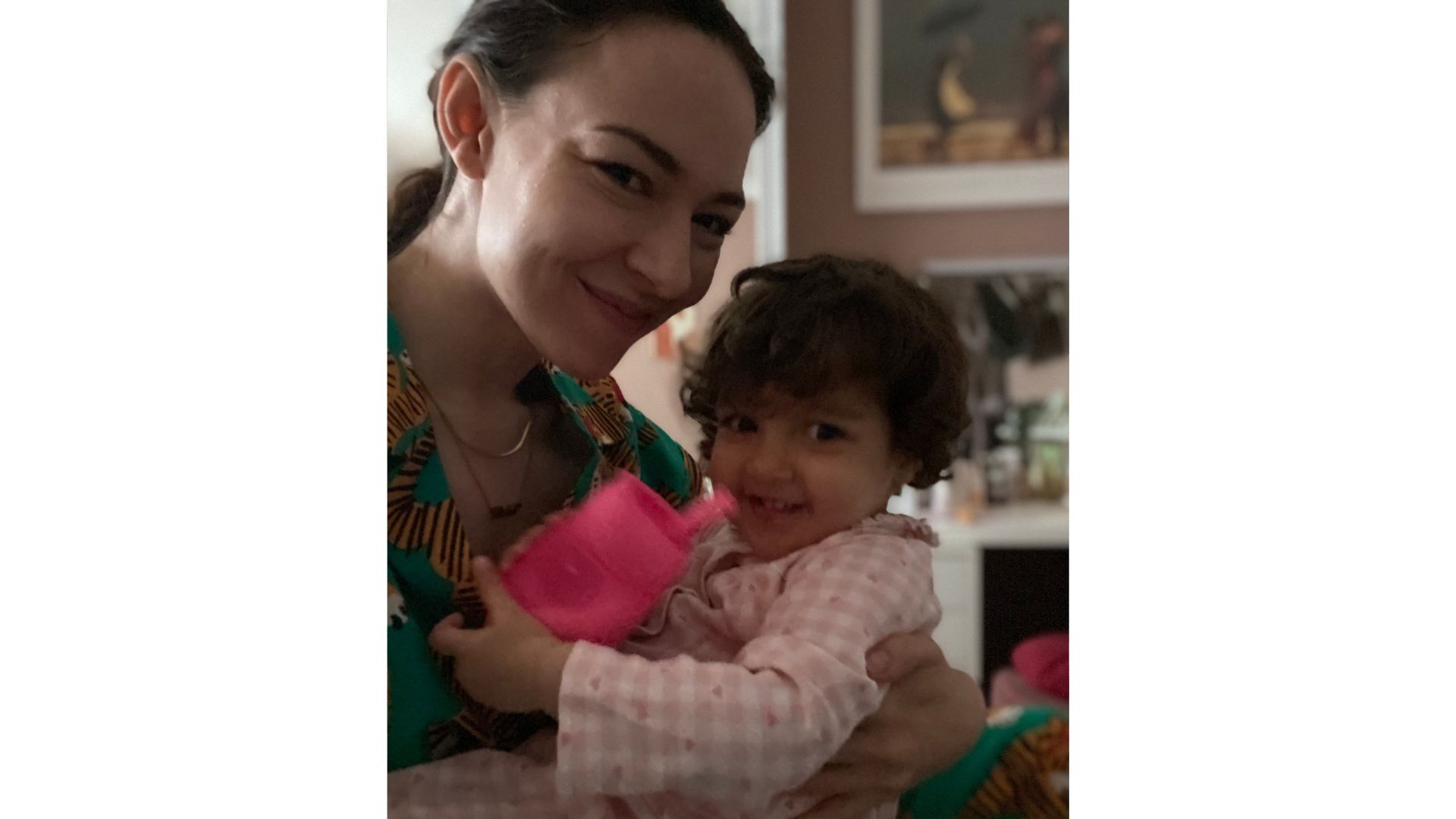
Why we chose to hire a sleep consultant
While that need for clarity was central to our decision to take the plunge into making big changes, there were other things at play too. To explain more, I’ll first have to tell you what putting our daughter down for her daily nap, and bedtime looked like.
We set up her nursery the same each time- the same lullaby, black-out blinds, and dim orange light, and the same routine, nappy and change into PJS and sleeping bag, then a book. At bedtime, we added a bath to the start of the routine. Then, we laid our daughter down in the cot and well… she immediately burst into tears.
My husband would scoop her up, console her, and usually, put her to sleep holding her in his arms. We managed, over several months, to phase out rocking her, but he still had to hold her until she was asleep. It took up to an hour every nap time, and up to an hour every night. That’s right, folks. 14 hours a week spent holding her to sleep.
As time passed, she became more and more reliant on her Dad to sleep. It meant he was the only one who could do bedtime, and when she woke in the night, the only one who could go in, scoop her up, and put her back to sleep. It placed the burden squarely on his shoulders, and it wasn’t like I was able to sleep through as a result. When she did cry out in the night, I would lie in bed, listening, waiting, but mostly, worrying.
As springtime approached, we’d had enough. What we were doing wasn’t working for any of us. Not only would a sleep consultant be able to advise us what the middle ground we were searching for was, but they’d also be able to hold our hand through it. There were 14 hours a week of lost, stressful time at stake, plus countless more from random night time wakes. We needed help.
How I chose a sleep consultant to help my family
Anna Knight is the founder of Sleeping Bunnies, a sleep consultancy that offers tailored support to families via packages and courses.
I had heard of Sleeping Bunnies on Instagram, as I follow people like Ashley James and Zoe Sugg, who have spoken about using their support. Anytime I saw videos of Zoe talking about how her daughter Ottie “has just gone down for her nap”, I marvelled at the thought of being able to do that with my own.
I knew on our very first video call that Anna would be a good fit for us. She was nothing like the aforementioned Army sergeant, and she wasn’t condescending or cold. We could tell she was genuinely listening in detail to everything we shared with her, and invested in helping us come up with a tailored plan. We felt heard and empowered, and her insistence that with hard work we could make things better rubbed off on us. This was key; in the weeks that followed, we looked to Anna the way you look to an air hostess when a flight is in turbulence. If Anna was calm, we could be calm. And Anna was always calm.
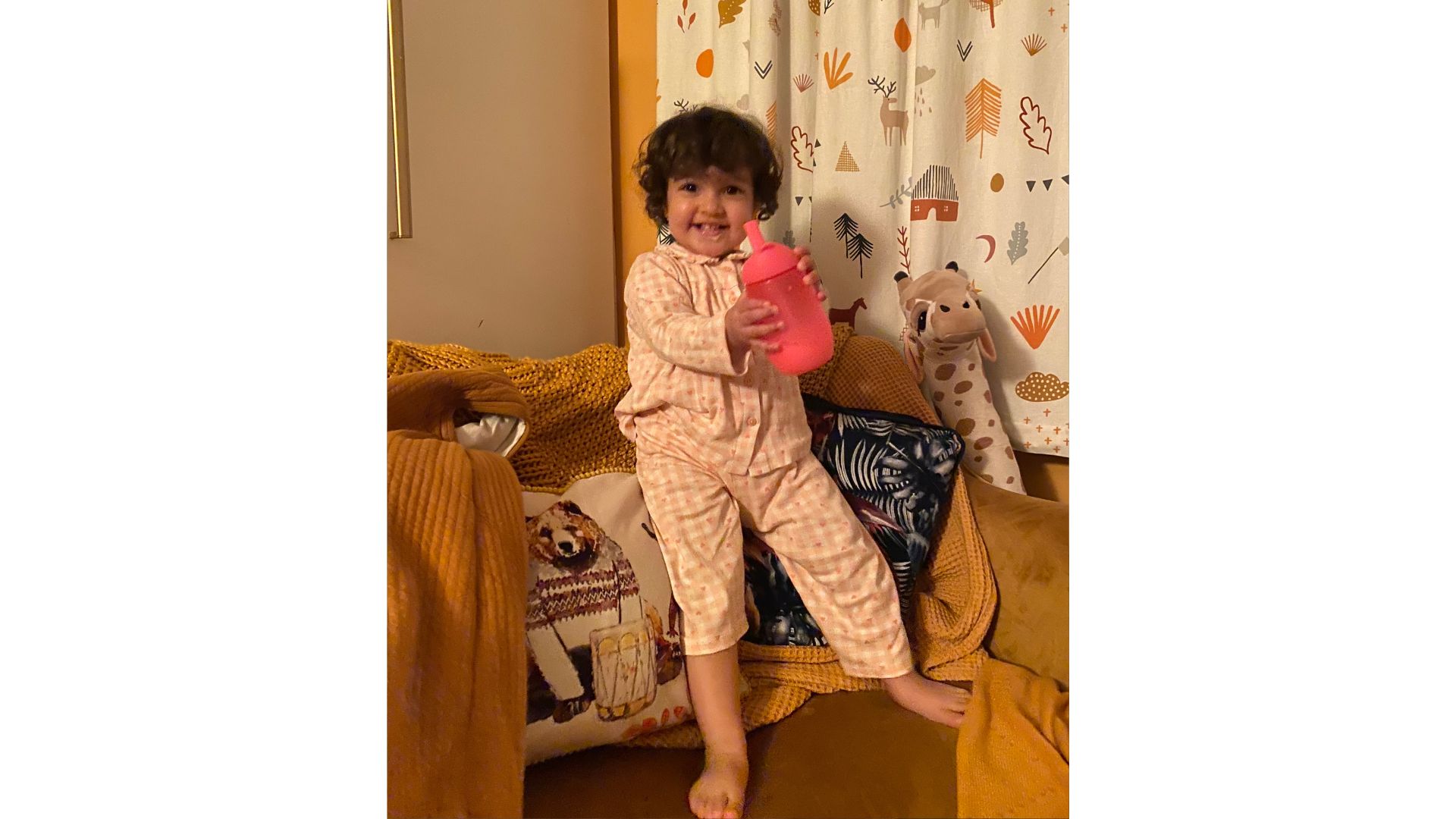
What working with a sleep expert looked like
The 1:1 Consultation package from Sleeping Bunnies is inclusive of your entire sleep training journey, upto an entire month. It’s suitable for children from five months to nine years, and the initial consultation can happen on a Monday or a Thursday. From there, the days and time that you work with your consultant is tailored to you.
Onboarded with a few easy forms, our first consultation was booked; a two hour Zoom call. With our daughter preoccupied with her Nana downstairs, we loaded a tray with tea and snacks and headed up to sit on our bed (fitting, seeing as we were hoping to spend more time there soon!).
Two hours sounded like a very long time, but it passed remarkably quickly, and we covered so much. By the end, all of the niggling questions and worries I’d had stored up for over a year and a half were answered, and my husbands were too.
After, Anna created a WhatsApp group with the three of us in, and sent us a plan to follow to slowly phase out our not-so-good old habits, and bring in new ones. Thanks to the indepth video call, we knew exactly what we needed to do next, and how, but also why. That last part was especially important to me; I wanted to know the scientific reasonings and intricacies, and Anna was able to deliver all of that in layman’s terms. We were confident that she knew what she was talking about.
She checked in twice that first week, to see how the small adjustments were playing out, and 7 days later, we regrouped for the big part, the peak of the rollercoaster. While we had begun by making gradual adjustments to things like when we began her bedtime routine and when she drank her milk, it was time to dive into the hard part. On a Friday lunch and evening, and then again on the Saturday lunch and evening, Anna logged into our Nanit baby monitor and coached us through the process of putting our baby to sleep.
We agreed to implement a clear and predictable way of soothing our daughter when she needed comfort and soothing, but within a very clear and repetitive sequence. This gave her time and space, when she was calm and regulated, to begin to think about falling to sleep. It also allowed us to respond whenever we felt we needed to, with no time limits or constraints of when we could respond.
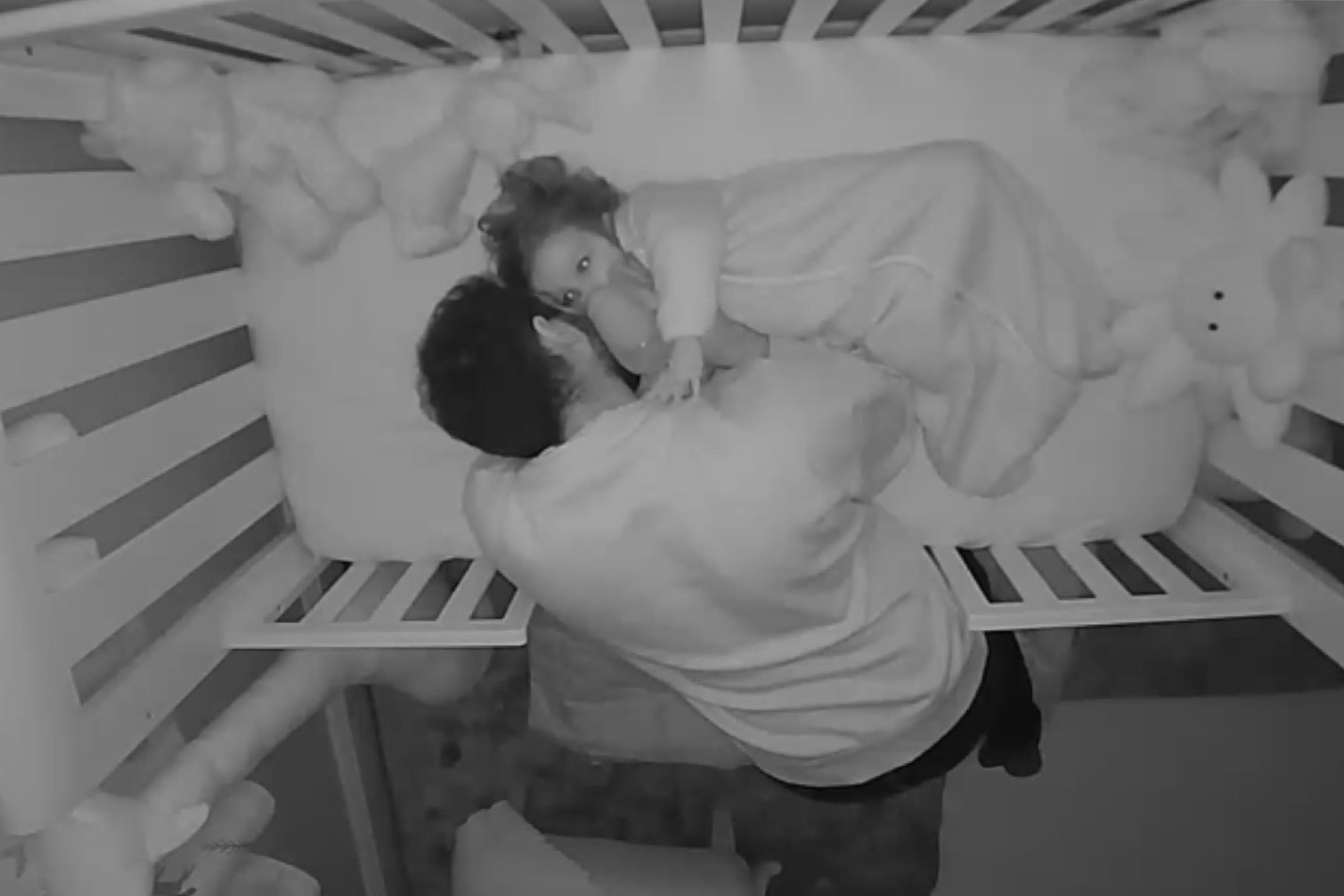
How one month with a sleep expert played out
The first nap we did, under Anna’s watchful eye? Using such a responsive technique meant it took a while - 100 minutes, to be precise. We could see she was tired, and needed to sleep, but it was notably less stressful than when we tried on our own. She was there every second, not just guiding us but congratulating us- “Well done! That was perfect!”, and “She lay down straight away that time, brilliant!”. By the end we were frazzled, but relieved; for us, knowing that we could go in and be with her anytime we felt necessary made it more bearable. Finally, she was asleep… and not in her Dad’s arms!
The next day, when nap time arrived, it took 70 minutes for her to fall asleep; the next 45, then 30. On day five, it took just 12 minutes. We marveled at how quickly it dropped down, particularly as she wasn’t carrying all the melatonin and natural sleepiness that comes at bedtime.
As for bedtime, that melatonin worked in our favour. Each day, with persistence, the amount of time it took her to self-settle dropped. About a week in, she fell asleep in the evening by 7pm, and again, we marveled at how the entire evening lay ahead of us. So much we could get done around the house! So much we could sort out! Naturally, we raided the snack cupboard, collapsed into bed and watched 6 episodes of The Good Place.
Over the next three weeks, Anna would drop us a message on WhatsApp twice a week to find out how we were doing and give us a chance to ask questions. We would also send her updated sleep diaries, which she would study and then share any issues or patterns she was seeing with us. Together, we’d made any necessary tweaks. She never demanded any changes, instead, suggesting her thoughts and asking us how they sat with us. We loved that way of working. We also had two phone calls with her over the month and never felt rushed along or as if she had somewhere more important to be. My husband and I both agreed that it was clear that she was genuinely invested in our well-being.
Did we manage to ‘sleep train’ our daughter to sleep?
I’ve never been a fan of the term ‘train’- I could never stop thinking of those Army sergeants. I didn’t want to train our daughter to do anything- what I wanted was to make her feel secure enough in her bedroom, that she would be happy to hang out by herself until she naturally fell asleep, and still know we were close by. But did we achieve all of those things? Yes.
I won't pretend that our daughter falls instantly and silently to sleep every time, but my goodness, it happens a lot more than it doesn’t. Our best day yet was 10 minutes at naptime and 10 minutes at bedtime; she happily chatted to her favorite bunny, stroked his ear and snuffled herself to sleep. And we’re still only a few weeks in; I can see it getting better and better.
Sure, she occasionally gets up to inspect the curtains, or stands at her cot bars shouting “quack quack” (for reasons we’ve yet to ascertain). But looking at the overall picture, of where we are now to where we were one month ago? She no longer needs my husband to hold her to fall asleep. She no longer sees him and only him as her sleep association, so both of us can help with her sleep equally. She knows- and we know- that she is safe in her cot, and that we are just next door if she needs us. And she has learned to self-settle; not just at naps and night time, but during the night too. We’ve never slept better; all three of us, and honestly? We’re so proud of her.
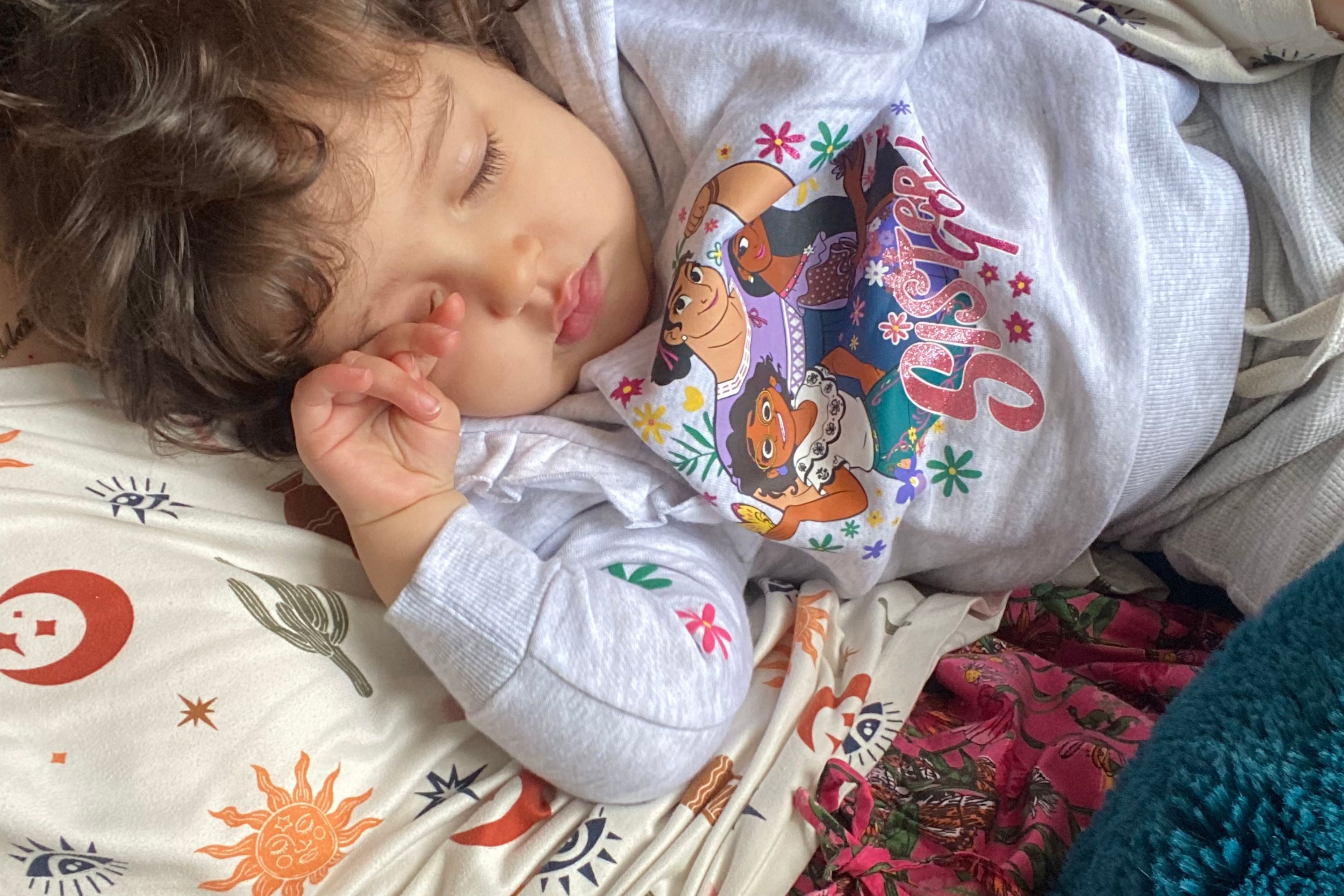
So, where do we go from here?
We’ve now had our final phone call with Anna, and I have to admit, I’m sad to be letting her go. Having that hand to reach out to over the last month has been such a reassurance, for both my husband and I (and, in case you’re wondering, he was never side lined- we were always treated like the equal team that we are).
I’m relieved to know her whole team have Add-On packages, for returning parents, and will seek out her help again in future if we need to, be that starting nursery, moving house, or something else. I’ll be recommending sleep consultants- and Sleeping Bunnies specifically- to everyone I can. Parenting is turbulent, but the presence of an encouraging voice and a guiding hand has been invaluable. Plus, we just got back 14 hours a week. Our Netflix account isn’t going to know what’s hit it. Our laundry pile, I mean. Definitely the laundry pile.
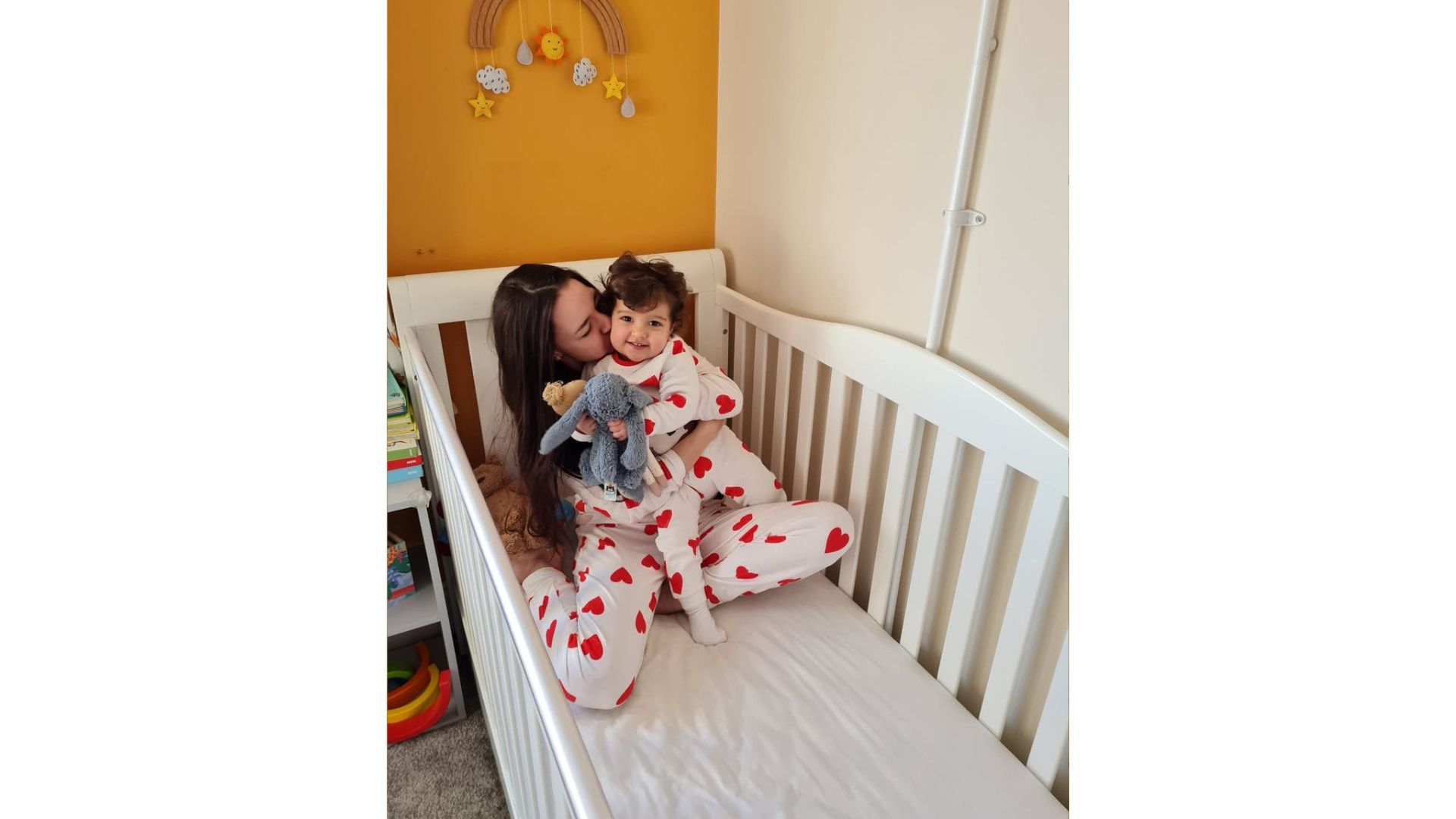
Top 4 tips from a sleep expert
Anna Knight, the founder of Sleeping Bunnies, shares her top tips.
- “Initiate a predictable bedtime routine, which should consist of 3 elements and no more, for example, feed, bath, story. Ideally, the bedtime routine should take no longer than 30 minutes; even shorter for babies under 6 months.”
- “Use an object to signal sleep time. Even if your little one isn't interested, they may become interested over time, and if you continue to use it consistently, it will still serve the purpose of signaling sleep time. If your little one is under 1, The Lullaby Trust advises not to place objects in the cot, so just show them the visual cue at sleep times.”
- “Ensure bedtime is at the right time, and don't be scared of early bedtimes- they are often your best friend!”
- “Remember to be patient! Don't expect an immediate change or signs of progress after doing something once or twice. Just keep showing up, be consistent and your little one will be so thankful you did!”
Related Features:
- Best baby monitors 2023
- Best baby sleep aids 2023 - tried and tested by real parents
- 5 best baby sleep books: Expert and parent-approved
- Should I swaddle my baby? - I'm a baby sleep expert and here's what I know
- Best cot beds 2023 - based on real parent reviews
Video of the Week







